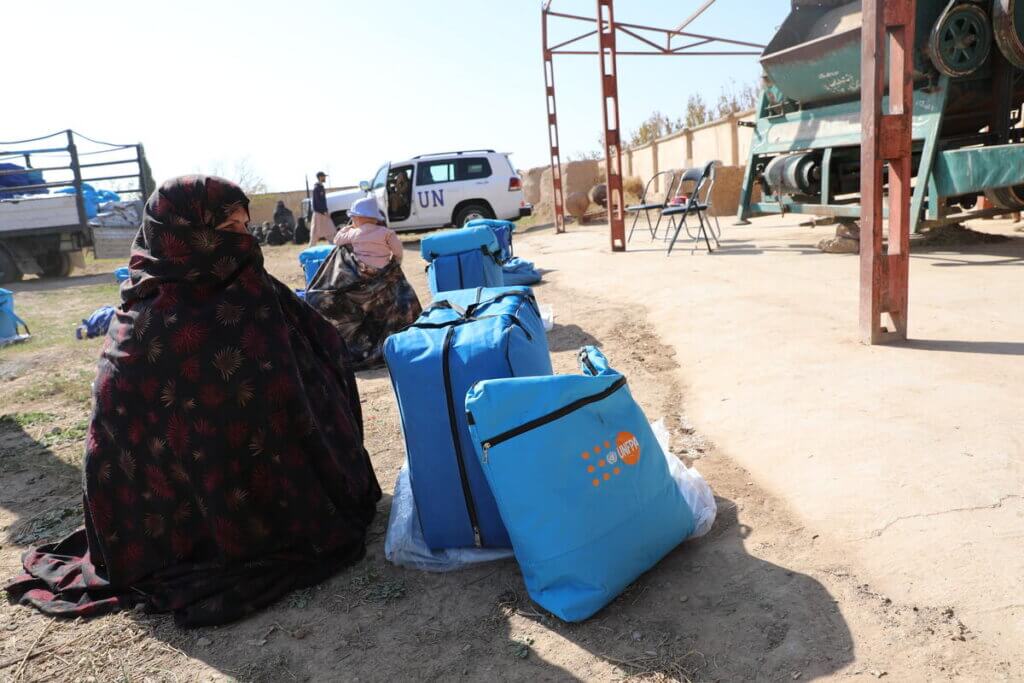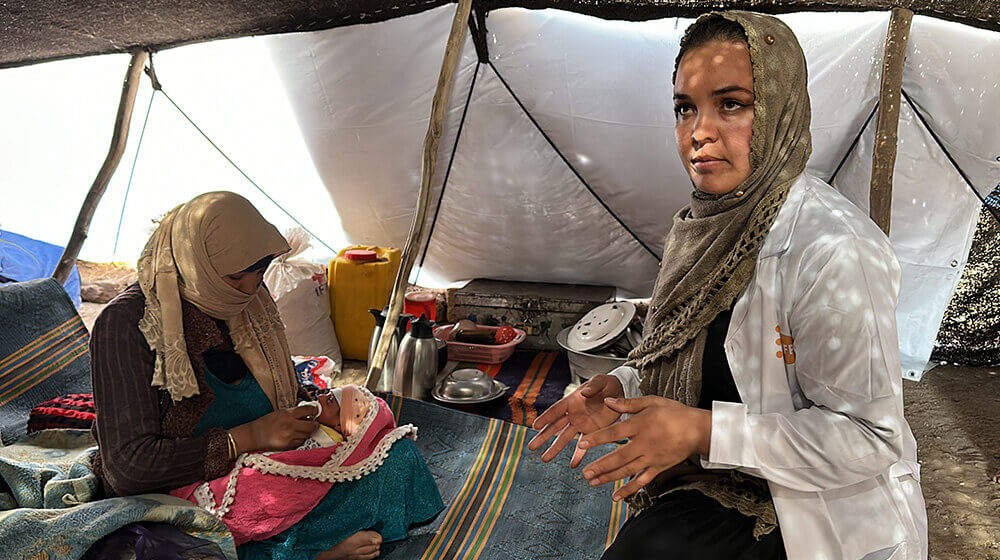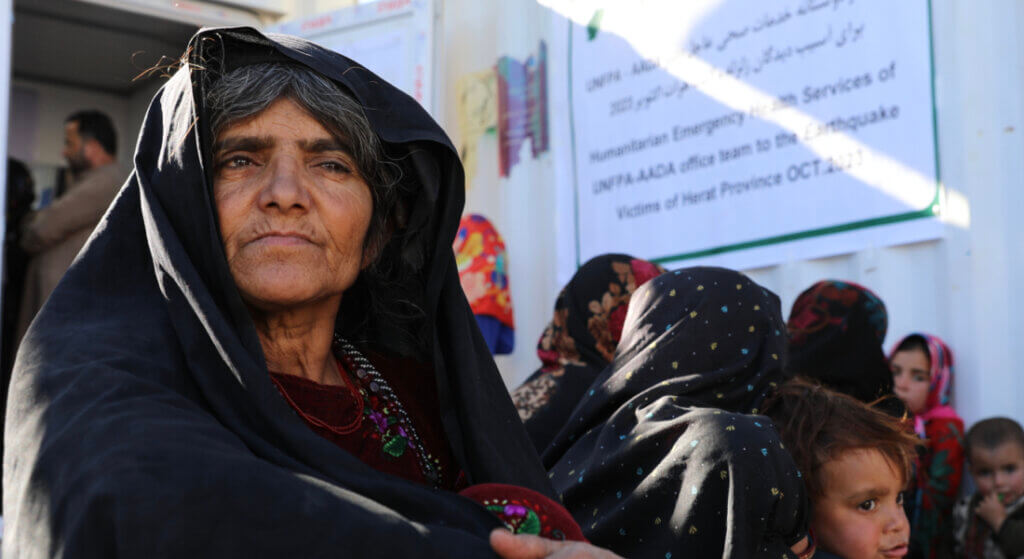One year later: Thousands still in need of humanitarian aid after earthquakes in Afghanistan

Compounding humanitarian crises
From October 7-15 2023, a series of earthquakes struck the Herat province in Afghanistan – leveling entire villages and killing thousands. 90% of those killed were women and children, who often must stay home during the day to tend to the house while men are at school or work. Thus, they were disproportionately caught in the rubble when the quakes began.
When the dust settled, 1.6 million people were affected, including over 7,000 pregnant women. One year later, approximately 69,000 people are still in need of urgent humanitarian services due to the earthquakes.
But the earthquakes were not the only tragedy to strike Afghanistan in the last year. In May, catastrophic flooding triggered by climate change hit the northern region of Afghanistan, killing hundreds, destroying nearly 8,000 homes, and affecting over 60,000 people. And in the backdrop of both natural disasters is the ongoing conflict that continues to wretch away the rights of women and girls in Afghanistan, prompt food insecurity, and spur rapid economic decline.

“The midwife arrived like an angel.”
In the aftermath of the earthquakes, the lives of thousands hung in the balance. Heavily pregnant Hanifa and her unborn child were two of those lives. During the earthquakes, Hanifa’s home had been reduced to rubble. But then, only hours after the final earthquake shuttered through the region, Hanifa went into labor.
“How can a mother bring a child into this chaos?” Hanifa wondered, fearful at the thought of giving birth while sheltered in only a tent and without access to healthcare.
“But then Rahna, the midwife, arrived like an angel.”
Thanks to supporters like you, UNFPA midwife Rahna was able to reach Hanifa in time. “She held my hand, and her words were like a soothing balm for my fears,” Hanifa said. “I went from panic to comfort in moments.”
Rahna safely guided Hanifa through a tumultuous delivery that lasted six hours and saw her blood pressure spike several times – one of the leading causes of maternal mortality. At the end of the labor, Rahna had successfully helped Hanifah deliver her newborn boy – a glimmer of hope in the midst of so much despair and loss.

The care you made possible
The earthquakes left a devastating impact in Afghanistan – but thanks to our community of supporters, we were on the ground the moment the earthquakes subsided. And one year later, we are still delivering care to the survivors.
Since October 2023, we have distributed over 10,000 Dignity Kits to women and girls who remain displaced. During the biting winter that descended only months after the earthquakes, many of these kits included blankets and waterproof tarps to keep the thousands displaced warm throughout the season. We have also reached more than 26,000 people with lifesaving mental health support in the wake of such devastating losses.
You have also helped us fill some of the gaps that the disaster created in the healthcare system. During the earthquakes, 86 health facilities and one regional hospital were damaged. Within just hours of the tragedy, we deployed emergency mobile health clinics, emergency maternity units, and two static health facilities. In total, we reached 42,000 people with reproductive health services through our health facilities.
In total, we have reached over 97,000 people in the Herat province with lifesaving care – but one year later, the need for aid remains dire. With crises continuing to compound and the rights of women and girls in Afghanistan continuing to be stifled, our work is far from finished.
Right now, we are supporting more than 700 health facilities across Afghanistan and reaching around 700,000 people with care every single month, but still, thousands of people are slipping through the cracks. If you would like to make a donation to fill in these gaps, you can do so here.